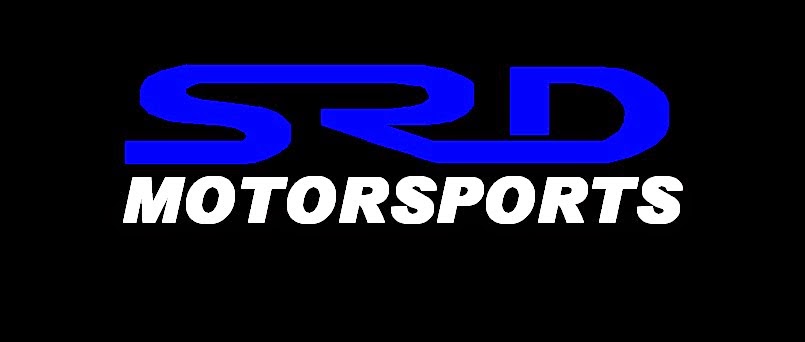A picture in larger scale meant to be more of a "showcase" of sorts
on our basic "street" cylinder head development package
and our All out Race cylinder head development package
it is standard procedure to disassemble the rocker arms , clean them
inspect all vtec pin per rocker set and shaft and ensure a clean rocker assembly
they say "cleanliness is next to godliness" and so we maintain this standard
as we tip our hat to the car gods and bless us with more power :)
note* that others or shops tend to just dump the rocker arm assemblies
into a tupperware/plastic tub during the porting procedure
and just reinstall them when done , that is a big NO NO for us
cuz we'd have no control in taking notice of debris or foreign objects
contaminating the oil, let alone the valvetrain being one of the most stressed
components of the engine , adding dirt to the oil will just lead to premature engine
life/durability
---------------------------------------------------------------------------------------------------------
currently at the time of publishing this,
the head is done from the machineshop, fully assembled , leak tested
and installed on the b16a block of our costumer's daily ride
we have conducted the initial phase of street tuning (ecu tuning)
and so far it looks promising, as we are nearing the max of the 240cc stock injectors
at about 7k rpm WOT ;)
will conduct further tuning once the ported P30 intake manifold is done and installed
hopefully a dyno session in the near future when all is said and done
so we can share with our readers, the data and results :)


















































